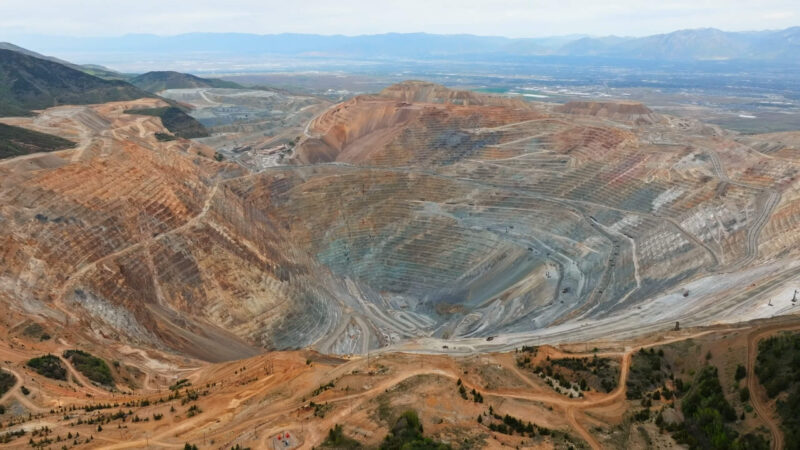Surface mining is a widely practiced technique of extracting minerals and resources from the earth’s surface.
This method often involves the removal of the topsoil, which harbors the majority of an area’s plant life.
The process is preferred for its cost-effectiveness and ease of access to ores located closer to the surface.
These benefits come with significant environmental costs, particularly to the plant communities that are disrupted or destroyed.
Key Takeaways
- Surface mining disrupts and destroys plant life by removing the vegetation layer and altering the soil.
- The ecological impact of surface mining on plant communities extends beyond immediate effects, potentially leading to long-term environmental damage.
- Effective mitigation strategies and adherence to regulatory frameworks are essential for minimizing the impact of surface mining on plant life.
Overview
Surface mining involves the removal of soil and rock overlying mineral deposits. This method greatly impacts ecosystems, but is practiced where minerals are located near the surface.
Types of Surface Mining
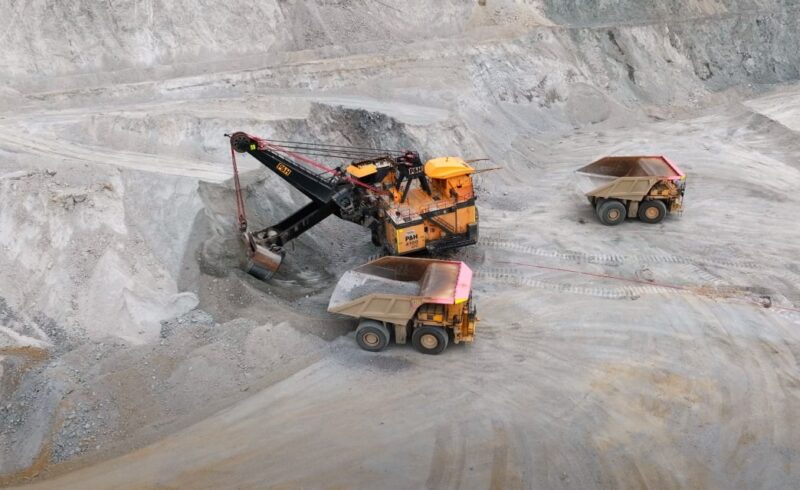
- Open-pit mining: A technique where a large pit is dug to access the ore.
- Mountaintop removal: Involves removing the summit of a mountain to expose coal seams.
- Strip mining: Consists of stripping away long strips of overlying soil and rock.
- Quarrying: Extracts building materials, such as stone, from the earth.
Surface Mining Techniques
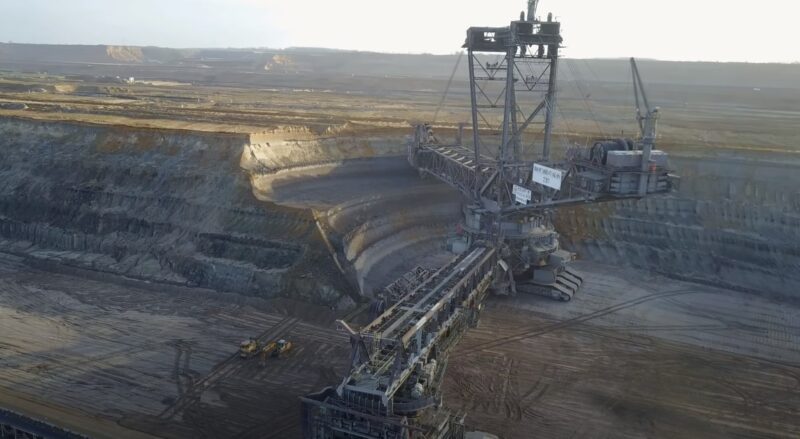
- Excavation: Utilizes heavy machinery such as excavators to dig into the earth.
- Drilling: Involves creating holes to either explore mineral deposits or to blast rock apart for easier excavation.
- Blasting: Uses explosives to break up overburden or rock layers above the mineral deposit.
- Material Handling: Refers to the moving and processing of extracted material, which can include conveyors and trucks.
Immediate Impact on Plant Life
Surface mining operations have two primary immediate consequences on plant life: the disruption of soil structure and the complete destruction of existing habitats.
Soil Disruption and Erosion
When surface mining commences, the structural integrity of soil is compromised. The topsoil, which is the most fertile layer and supports a high concentration of organic matter and microorganisms essential for plant growth, is typically removed. This action not only eliminates the existing vegetation but also severely reduces the potential for future vegetation to take root and survive.
Habitat Destruction
The process of surface mining necessitates the clearing of large areas of land, leading to direct habitat loss. The vegetation in the area is often completely cleared away, leaving behind a landscape that cannot support the previous plant life. This disruption extends beyond the immediate mining site as the effects on soil and microecosystems can lead to a reduced biodiversity in surrounding areas.
Long-Term Ecological Effects
Surface mining can cause profound long-term ecological effects, particularly where plant life is concerned. These impacts can dramatically alter how ecosystems function and their ability to support diverse plant species.
Alteration of Soil Composition
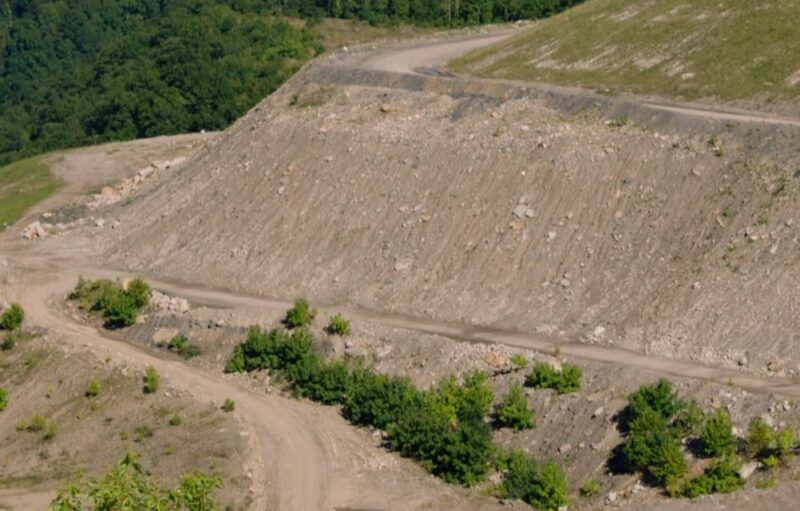
Soil composition is fundamentally changed by surface mining activities. Ecosystems rely on a delicate balance of nutrients and soil structure. Through surface mining, soil can become compacted or could lose its fertile top layer.
This disrupts the availability of essential nutrients like nitrogen, which is critical for plant growth. According to a Sciencing article, the chemical alterations in soil and water due to mining can greatly affect ecosystems, by reducing the soil’s capacity to support plant life.
Impediments to Plant Regrowth
Surface mining results in significant impediments to plant regrowth. Once the landscape has been altered, the natural succession of plant life can be stunted or completely halted. For instance, changes in topology and soil consistency can lead to issues like erosion or a lack of suitable soil for seeds to take root.
The Spatial distribution of the impact of surface mining discusses how topographical changes from surface mining inevitably impact ecological flows such as material and energy flow, thus influencing plant life and regrowth capabilities.
Mitigation Strategies
Effective mitigation strategies are essential in addressing the impacts of surface mining on plant life. They focus on repairing the ecological balance, often disrupted by such activities.
Reclamation Processes
Reclamation involves restoring the land to either its former state or to a condition that is environmentally acceptable. It typically includes stabilization of soil and slopes, soil treatment to balance pH levels and replenish nutrients, and water treatment to ensure the health of aquatic ecosystems.
Successful cases involve integrating reclamation in the planning phase well before the mining activity concludes, as highlighted in a American Geosciences Institute discussion.
Afforestation and Reforestation
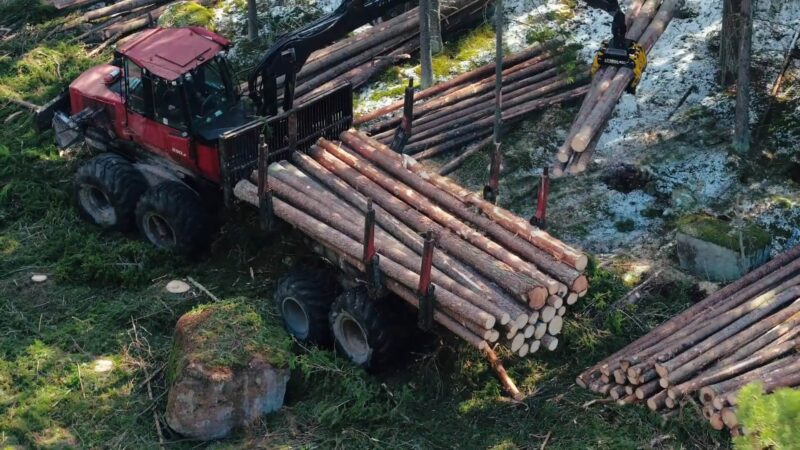
Afforestation and reforestation represent the planting of trees on formerly forested or non-forested land, respectively. They are powerful strategies aimed at improving soil quality and restoring native habitats.
Research has shown that vegetation restoration can lead to significant improvements in soil properties, as documented in a study published by NCBI, which observed increased soil organic matter and total nitrogen following vegetation restoration efforts.
Regulatory Framework
The regulatory framework for surface mining ensures that plant life and the environment are considered throughout mining operations. These regulations are critical for minimizing long-term ecological impact and for promoting restoration post-mining.
Environmental Protection Policies
Environmental protection policies play a crucial role in managing the effects of surface mining on plant life. Policies require that mining activities are conducted in a manner that protects communities and the environment during mining.
They also ensure that land is restored to beneficial use following mining operations. A key policy is outlined by the Surface Mining Control and Reclamation Act (SMCRA) which includes standards for mining operations to protect the environment.
Legislation Impacting Surface Mining
Legislation at both federal and state levels addresses the impacts of surface mining on ecosystems. For example, the Office of Surface Mining Reclamation and Enforcement (OSMRE) is a federal agency tasked with balancing coal-related mining activities with the protection of the environment.
They enforce legislations such as the SMCRA, which also includes provisions for reclamation bonding requirements to ensure mining companies are financially responsible for restoring mined land to a state that can support plant life post-mining.
Frequently Asked Questions
What impact does surface mining have on native plant species?
Surface mining typically results in the complete removal of vegetation in the mining area, leading to habitat loss for native plant species. The disruption of topsoil layers can also hinder the regrowth of native plant species after mining activities have ceased.
Can surface mining lead to soil degradation that affects plant life?
Surface mining often leads to soil degradation, including reduced fertility, compaction, and loss of soil structure. This degradation can adversely affect plant life by diminishing the soil’s capacity to support plant growth.
In what ways does surface mining disrupt photosynthetic activity in plants?
By removing the vegetation cover, surface mining eliminates the plants’ ability to conduct photosynthesis, affecting not only the plants directly involved but also the overall photosynthetic productivity of the area.
What are the long-term ecological consequences of surface mining on plant habitats?
Surface mining can lead to long-term ecological consequences, such as habitat fragmentation, introduction of invasive species, and alterations in local hydrology that together contribute to lasting changes in plant habitats.
How do reclamation efforts mitigate the effects of surface mining on vegetation?
Reclamation efforts, which involve the restoration of land after mining, aim to stabilize soils, replant vegetation, and recreate habitats. These efforts can be effective in mitigating the effects of surface mining on vegetation, although it may take many years for ecosystems to recover fully.
What measures can be taken to reduce the adverse effects of surface mining on plant ecosystems?
To reduce the adverse effects, mining companies can implement measures such as phased mining, where only small portions of the landscape are mined at a time; the use of buffer zones to protect surrounding vegetation; and post-mining land-use planning that includes reclamation efforts focused on plant conservation and habitat restoration.
Conclusion
Surface mining, while economically beneficial, poses significant challenges to plant life and ecosystems due to soil disruption, habitat destruction, and long-term ecological effects.
The implementation of effective mitigation strategies, such as reclamation and afforestation, alongside strict adherence to environmental protection policies and legislation, is crucial for minimizing the environmental impact of surface mining.
Through concerted efforts to restore and rehabilitate mined lands, it is possible to balance the demands of resource extraction with the imperative of ecological conservation, ensuring a more sustainable interaction with our planet’s natural resources.

